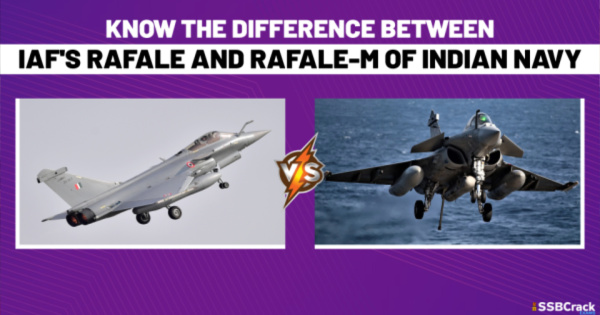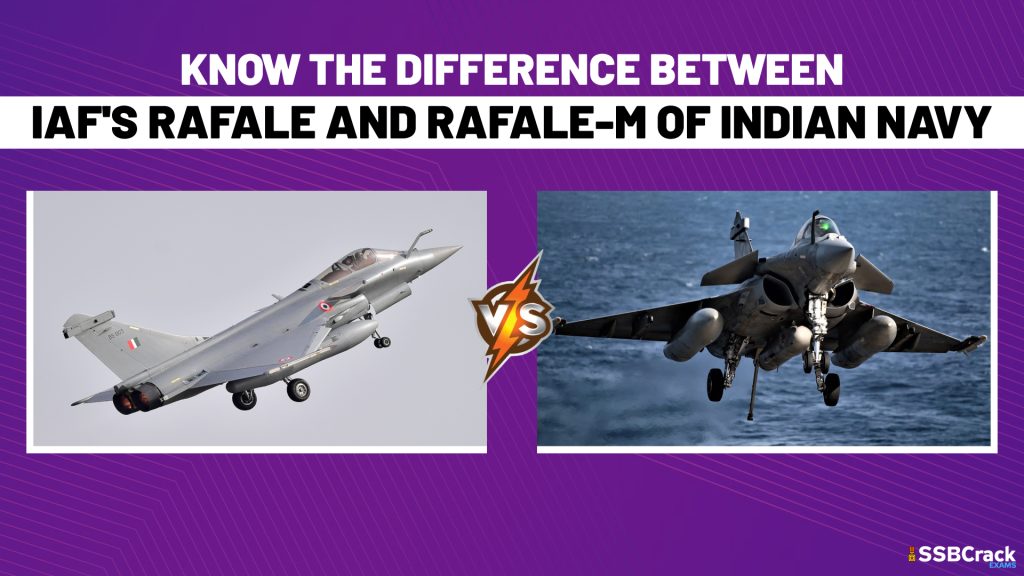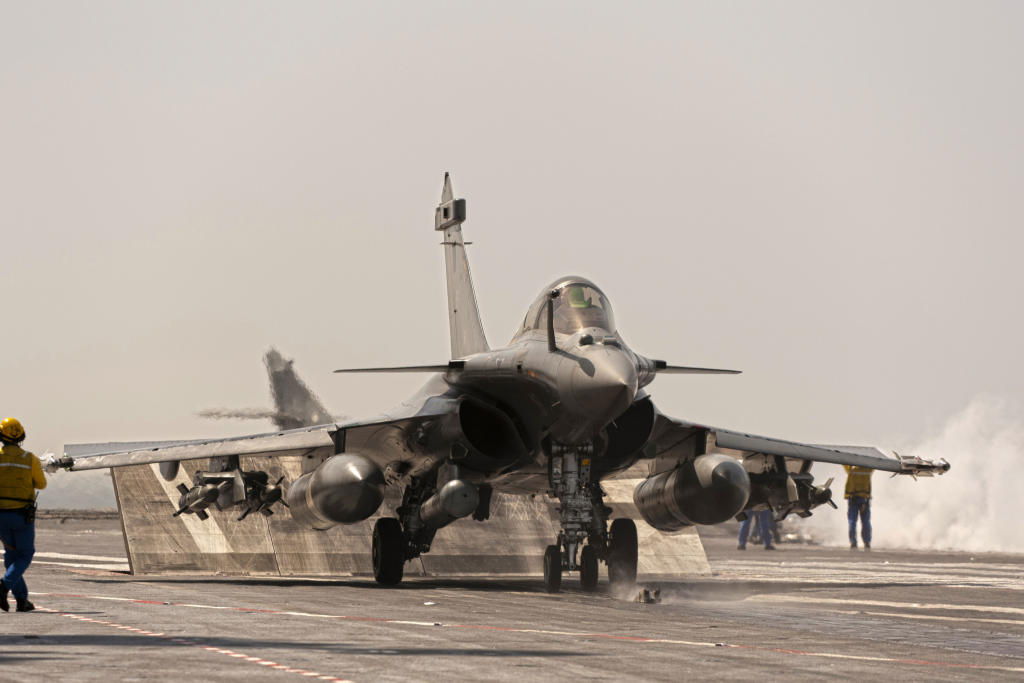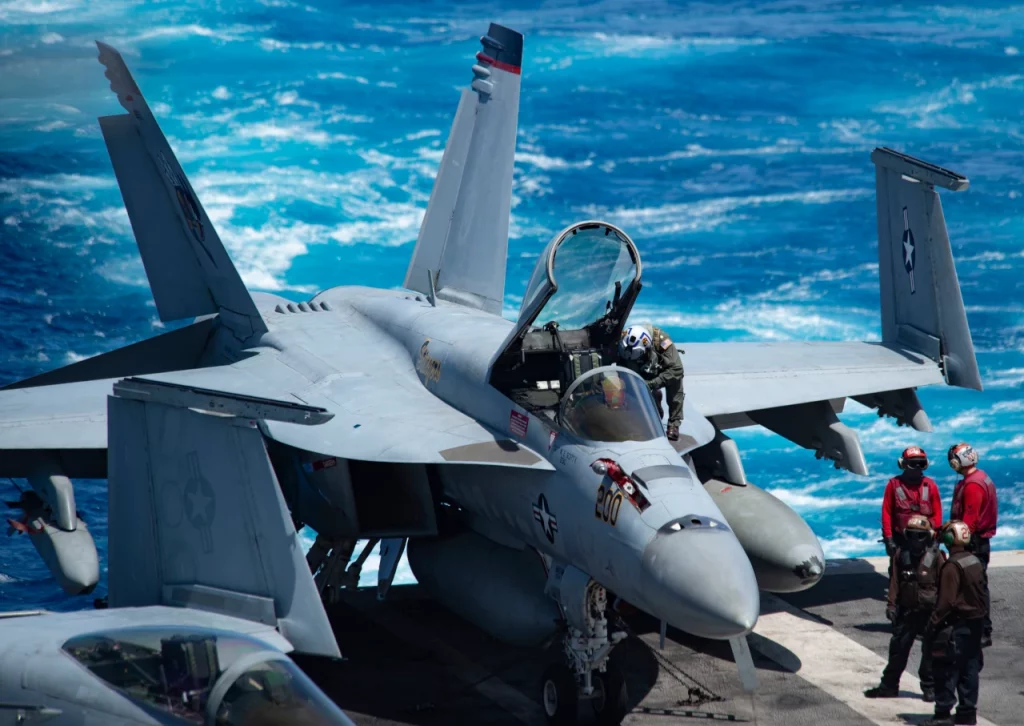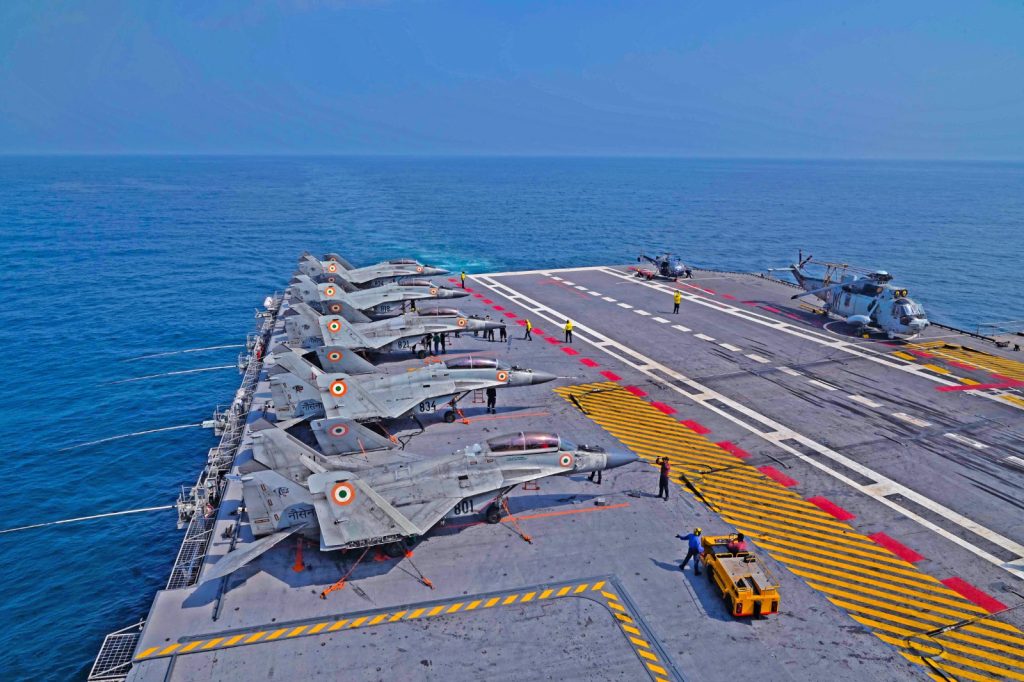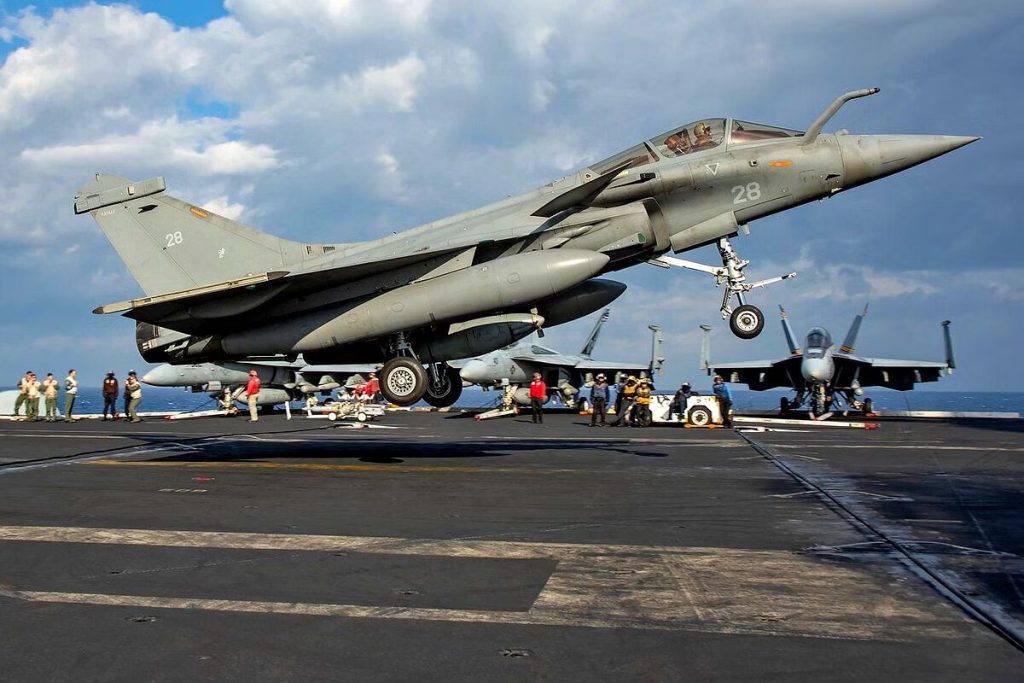In a significant milestone, India plans to purchase 26 Rafale fighter planes and three Scorpene class conventional submarines from France. The Navy has been asking for these fighter planes and submarines to be acquired as soon as possible due to the country’s security issues. The exact pricing will be set after both sides’ officials meet to negotiate the commercial deal. During the IAF’s 36 Rafale deal, such a procedure was put in place.
When it comes to design and capabilities, naval fighter planes differ from their land counterparts. This is due to differences in both the environment in which the fighter jets operate and the responsibilities that have been allocated to them. As India plans to purchase a new batch of Rafale fighters, this time for the Indian Navy and its two aircraft carriers, consider how naval fighter jets differ from those deployed by air forces.
How Naval Fighters Are Different From Air Fighters?
Launch and Recovery Operations
Naval fighter jets are designed expressly for the unique requirements of aircraft carrier-based missions, such as high-impact landings, catapult or ramp launches, and corrosive saltwater environments. To facilitate storage and manoeuvre on aircraft carriers, they include reinforced landing gear, stronger airframes, and foldable wings. Land-based fighters, on the other hand, do not need these qualities because they operate from standard runways. For example, the Indian Navy’s MiG-29K is equipped with reinforced landing gear, folding wings, and other features that allow it to operate from aircraft carriers. It has a tailhook for arrested landings and a stronger airframe to handle carrier missions.
Folding Wings
Many naval fighter jets have foldable wings to conserve space on crowded aircraft carrier decks. This feature is unnecessary for air force planes maintained in large hangars, as demonstrated by the difference between the MiG-29K and the Sukhoi Su-30MKI.
Size and Range
Naval fighter planes are frequently smaller and lighter than their air force equivalents due to the limited area of an aircraft carrier deck. Because of the carrier’s movement, they often have shorter ranges. However, in-flight refuelling can help to alleviate this discrepancy.
Avionics and Sensors
Additional systems and technology are integrated into naval fighter jets to improve maritime operations. These could include radar systems designed specifically for identifying and monitoring naval targets like ships and submarines. They may also have better navigation systems for over-the-water operations as well as specific communication devices to coordinate with naval forces. Land-based fighters are more focused on air-to-air combat and ground attack operations, having avionics and sensors tailored to those missions.
Corrosion and Resistance
Naval fighter jets are designed to operate in the harsh, salty environment. This frequently entails utilising corrosion-resistant materials and coatings than those used in air force jets.
How is Rafale-M Different from IAF’s Rafale?
Rafale-M Features more modifications to make it Suitable for Carrier Operations, Including:
- A reinforced undercarriage to cope with the stresses of landing on a carrier deck.
- A tail hook for arresting landings.
- A “jump strut” nosewheel, which only extends during short take-offs, including catapult launches.
- A built-in ladder for accessing the cockpit from the carrier deck.
- A carrier-based microwave landing system.
- A new fin-tip Telemir system for syncing the inertial navigation system to external equipment.
Other Differences that Includes are
- The Rafale M is also slightly heavier than the Rafale due to the additional weight of the modifications.
- The different radar system, the Thales RBE2-M, is optimized for maritime operations.
- Different electronic warfare suites, the Thales SPECTRA, which is also optimized for maritime operations.
- The ability to carry a wider range of weapons, including anti-ship missiles and air-to-surface missiles.
Summary: Difference between Rafale-M and Rafale of the IAF
If we have to summarise the differences between Rafale-M and IAF’s Rafale, we can see that Rafale-M comes with some other features which make it functional to operate from an aircraft carrier. So the Difference in precise between both the Rafale’s are:
- It features a carrier-based microwave landing system and a built-in ladder providing direct access to the cockpit from the carrier’s deck.
- It has a strengthened undercarriage to withstand the stress of landing on a carrier deck.
- Its radar, the Thales RBE2-M, is designed for maritime use.
- It possesses a broader arsenal of weaponry, including anti-ship missiles.
- It features wings that can be folded.
- Because of the upgrades, the Rafale M is slightly heavier than its Air Force version.
- The naval version may carry a wider range of weaponry, including anti-ship missiles and air-to-surface missiles.
To crack the SSB Interview, You can join our SSB interview live classes batch and we recommend you to Enroll SSB INTERVIEW ONLINE COURSE. Trusted by thousands of defence aspirants.
Also read:
- CATS Warrior 2: IAF’s Future Unmanned Fighter-Bomber Aircraft
- All Fighter Aircraft Of India – How To Identify Them
- All Fighter Jet Acquisitions By The IAF
- Twin Engine Deck-Based Fighters (TEDBF)
- Should India Buy Su-75 ‘Checkmate’ And What Is The Alternative?
- All About India’s 5th Generation Fighter Jet ‘AMCA’
- All You Need To Know About Indian Navy MRCBF (Multi-Role Carrier-Borne Fighter)
- What Is DRDO Ghatak (Swift) Drone?
- Everything You Need To Know About LCA Tejas
- All About India’s 5th Generation Fighter Jet ‘AMCA’
